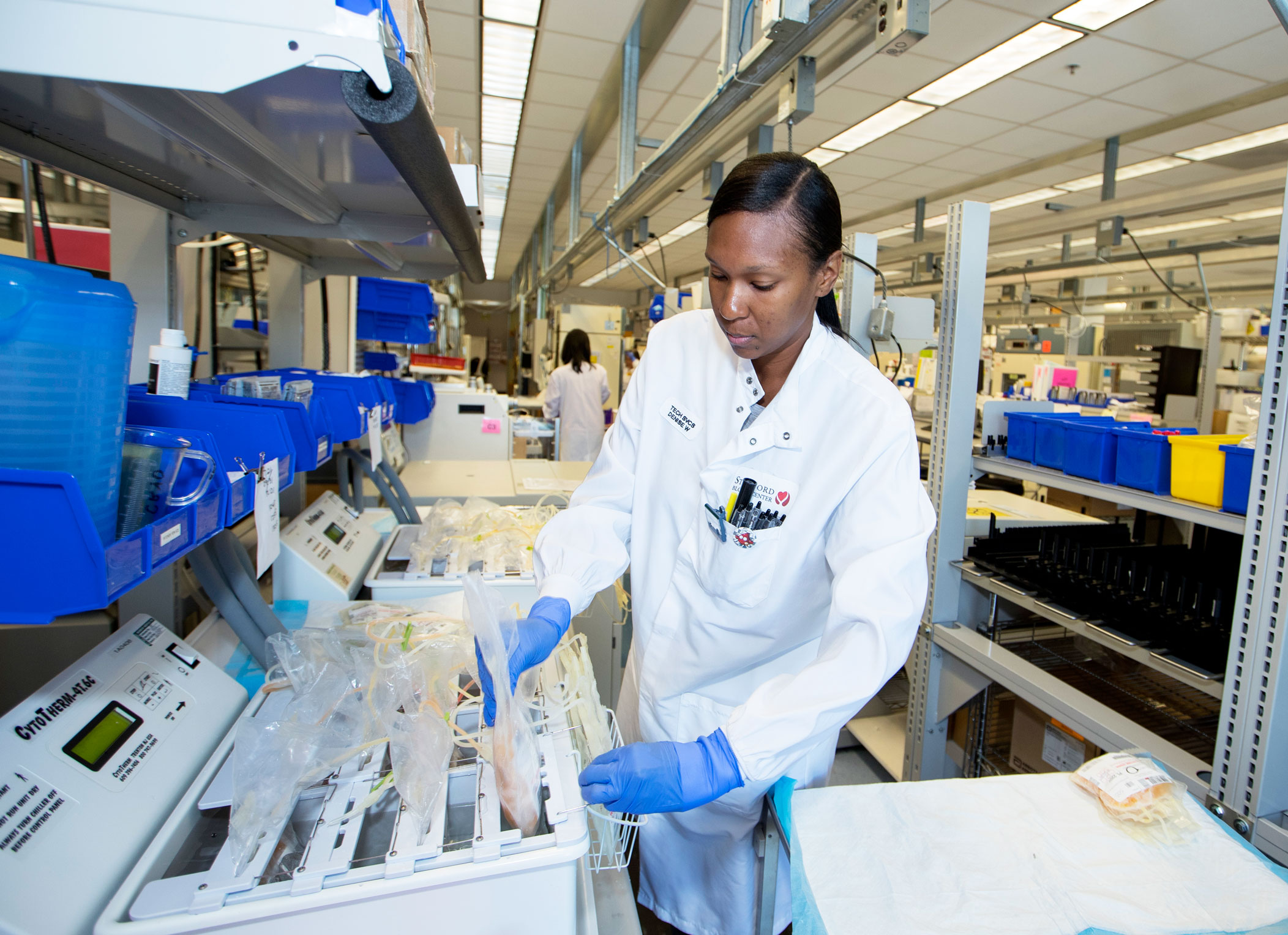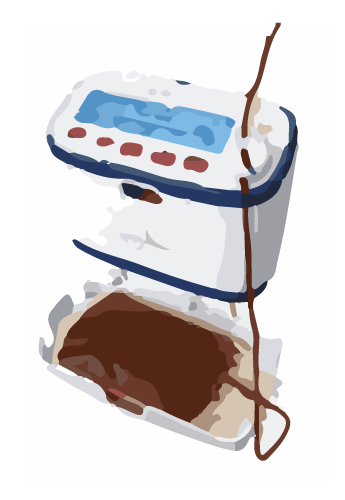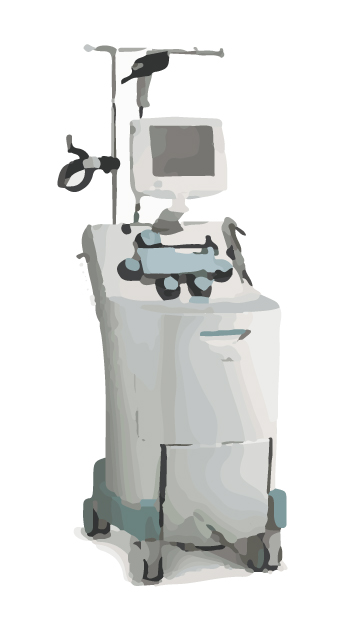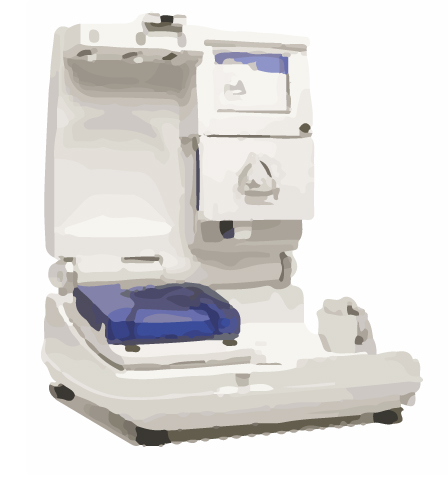
The Technology Behind Blood Donation
Think about the last time you gave blood. Did you notice all the complicated-looking machines throughout donor center? We’re sure most of you have, so we thought we’d share a bit about what each of them do (including some of the cool ones you don’t get to see). Keep reading for a glimpse at the technology behind blood donation.
 Hemaflow Scale
Hemaflow Scale
When you’re donating whole blood, the blood flows into a bag which is constantly being rocked by a machine. This is called a Hemaflow scale, which prevents coagulation. The machine also communicates donation information wirelessly to our systems, including donation start and end time, flow rate (how quickly the blood flows from the donor to the collection bag) and the donor ID barcode. The bar code is scanned at the beginning and end of the process to confirm the donor’s information, collection kit information, such as lot number, and identifies the team member(s) who started or completed the donation.

Trima Machine
Platelet and Plasma collection is done using a Trima machine, which can only be found in our centers, not on mobiles. The Trima machine draws blood and transfers it into a centrifuge, which separates the components of the blood and transports what is being collected (platelets and/or plasma) into collection bags and returns the remaining product to the donor. This machine is set up with a collection kit that includes blood bags, the needle, and a centrifuge chamber. Additionally, a bag of anticoagulant is included as part of this process, which will be returned to the donor along with the red blood cells. The machine switches from draw to return every 45 seconds.
Before the machine will start though, certain donor information must be entered into a computer screen on the machine, including the donor’s height, weight, platelet count, and blood type. The machine then calculates what products and what volume can be taken from the donor for maximum safety.
Trima also separates out leukocytes into an LRS chamber, a product that, while discarded by most centers, we use for research.
 Alyx Machine
Alyx Machine
An Alyx machine is similar to the Trima machine but instead of collecting platelets and plasma and returning red blood cells, it collects red blood cells and returns platelets and plasma.
Processing/Medical Records
At the end of each whole blood donation, the Hemaflow scale transmits that draw’s data to the Donor ID program. The data is compared to each printed medical history card, and once the charge nurse on duty resolves any conflicting data, they flag it as ready for transfer. The medical history card bar code is then scanned into Donor ID and released. The donation information is then transmitted to a secure server, while a printed medical history card and the accompanying donated blood products are packed for transfer to the processing lab.
While the blood products are sent to the processing lab to be prepared, donation information is sent to our Medical Records (MR) department electronically. Our MR team consists of six team members who protect the donor database and ensure accuracy of donor data that is entered into the system. They are responsible for confirming the accuracy of all product information – blood type, collection information, donor details – before any products are released to our partner hospitals for use. This is a process that is unique to SBC, as one of the few blood centers in the state that facilitates processing of donations in-house, as opposed to outsourcing.
Once Medical Records receives the donation information, they call the processing lab to match up donor information to the donated product. After confirming, they transfer the product data from Donor ID to a program called Safetrace and enters the donor’s draw information. The processing lab can then process the products received.
So next time you’re donating blood, you can think about all the cool things going on around you, and behind the scenes!
………..
Make an appointment to donate blood at sbcdonor.org.
